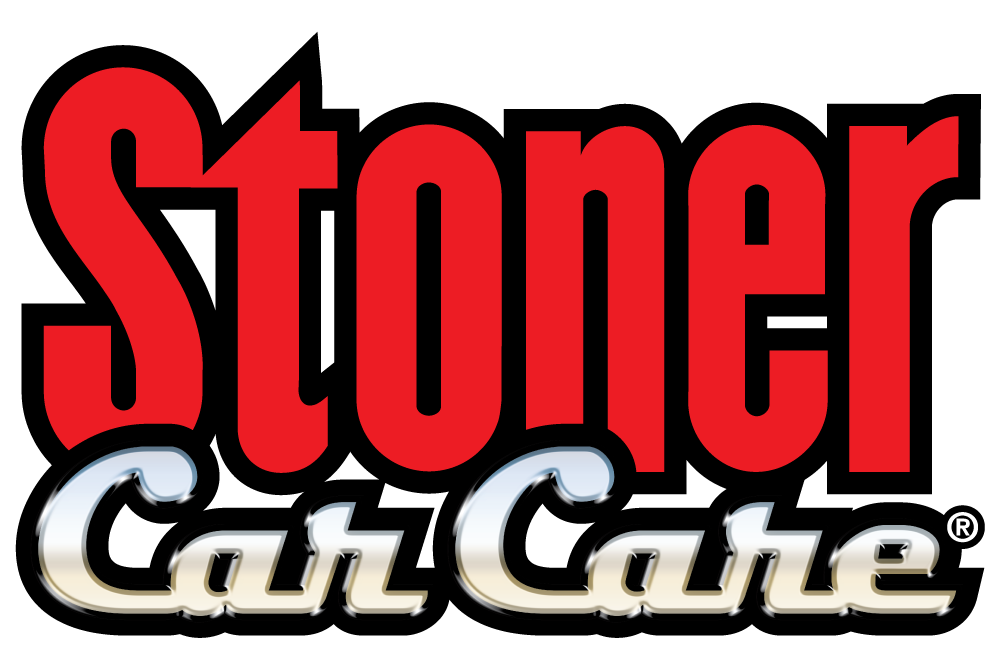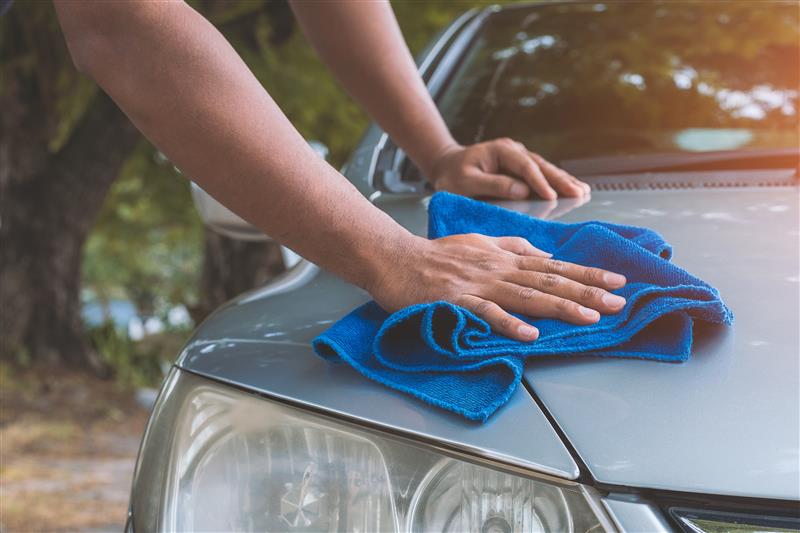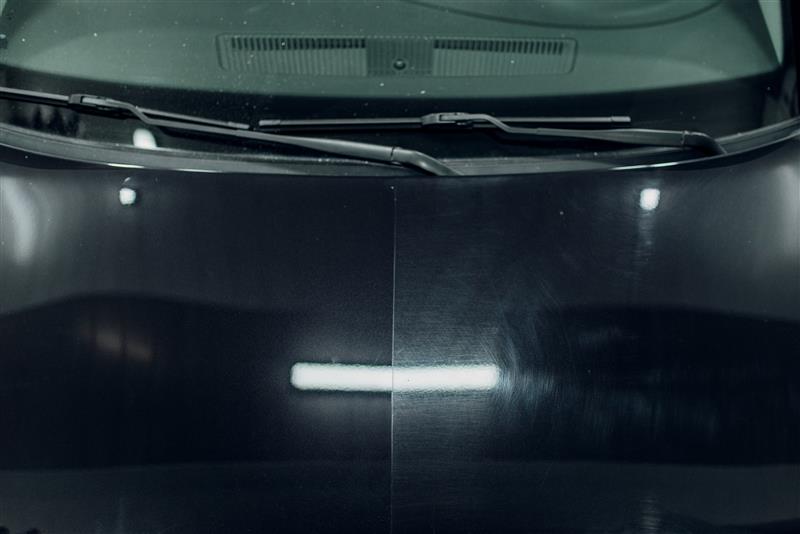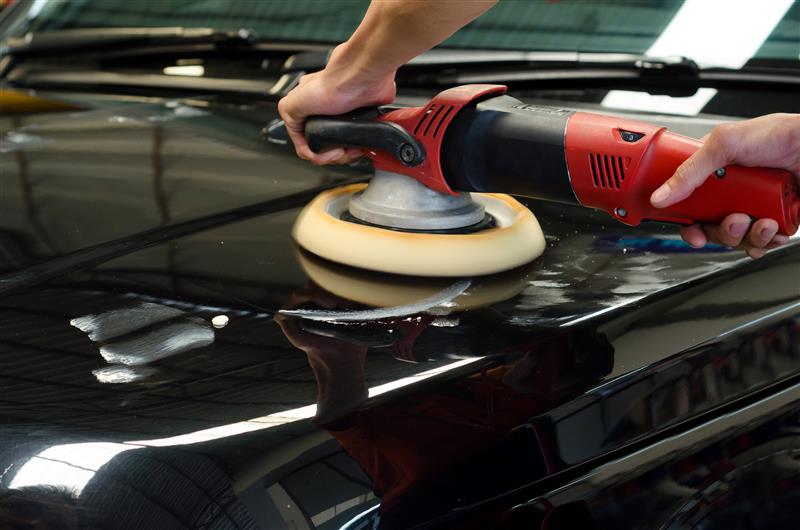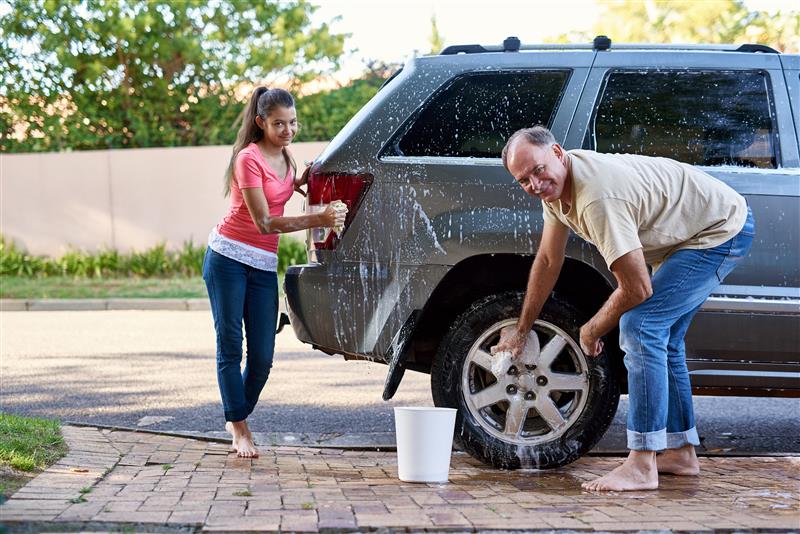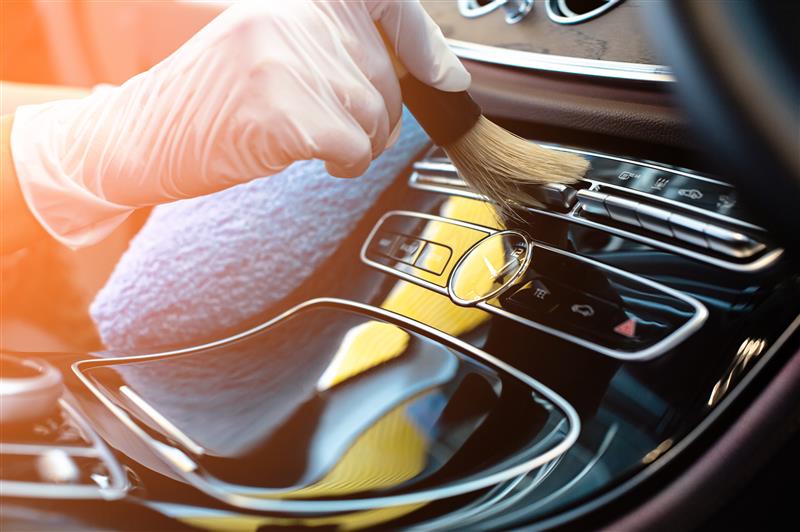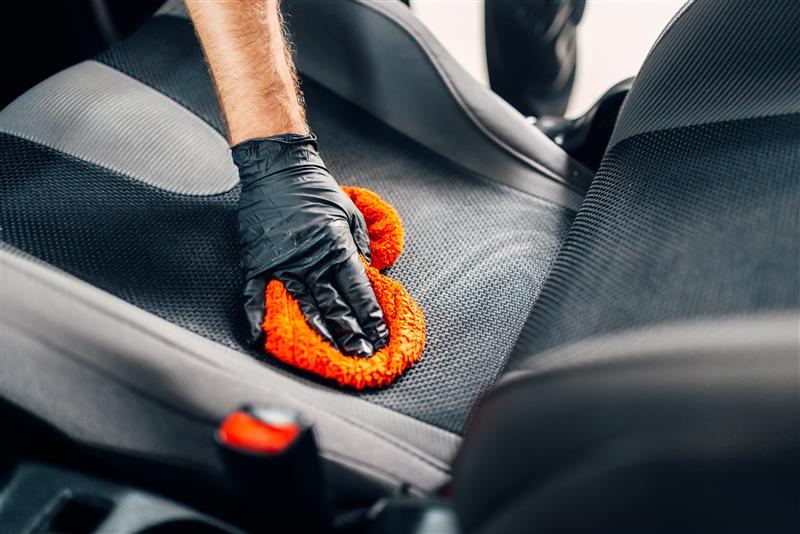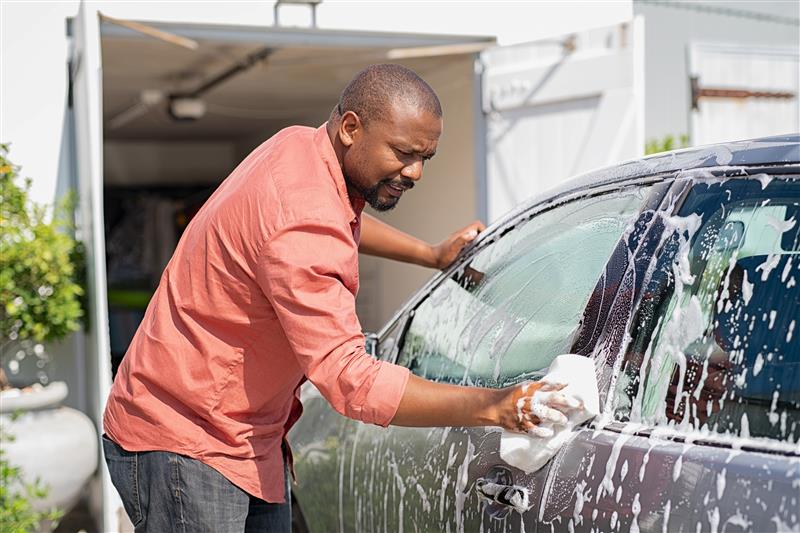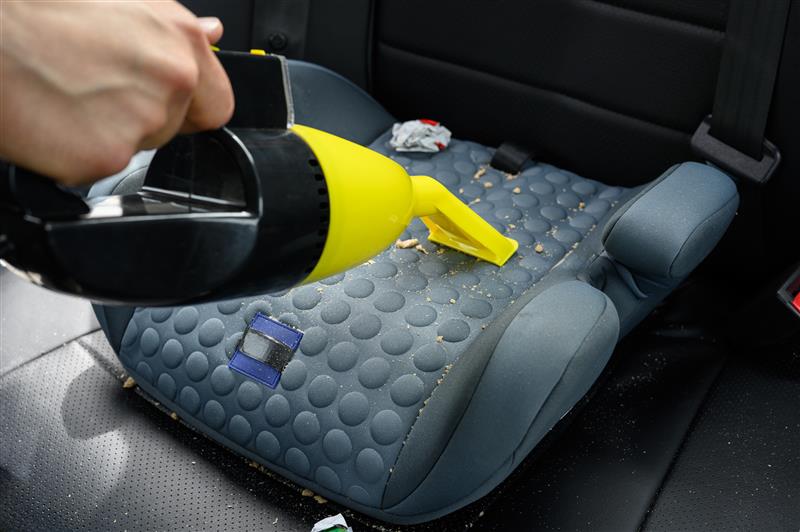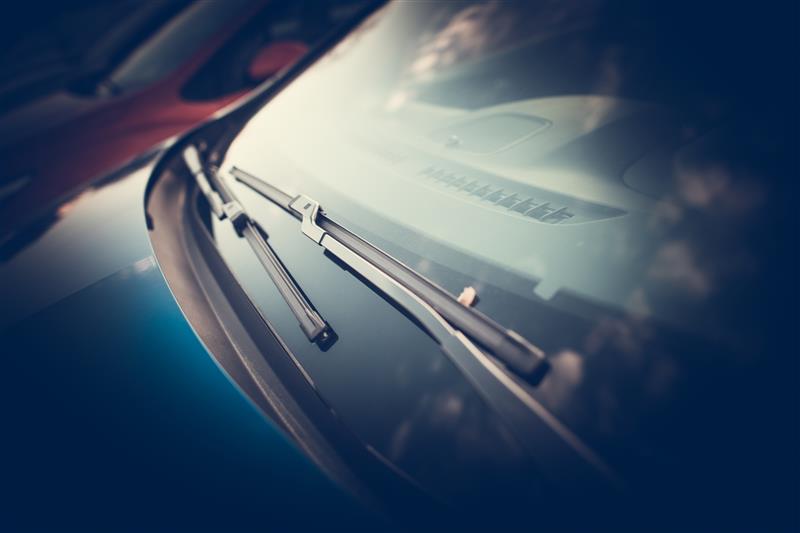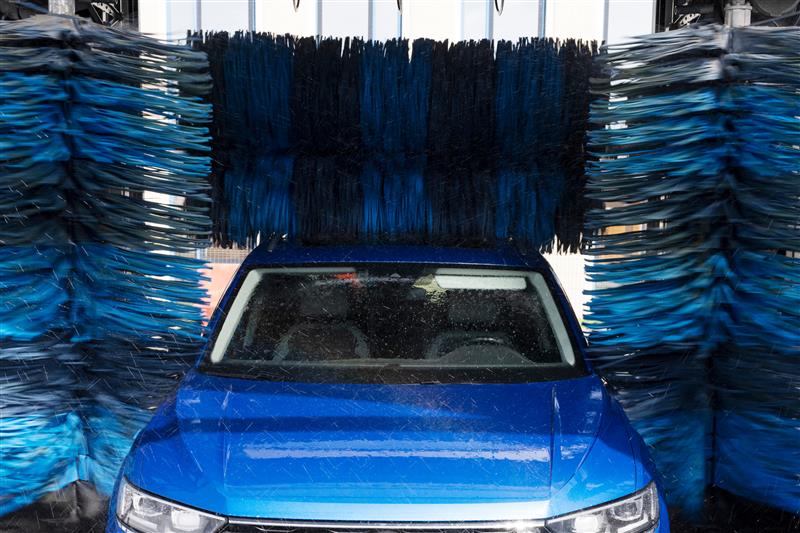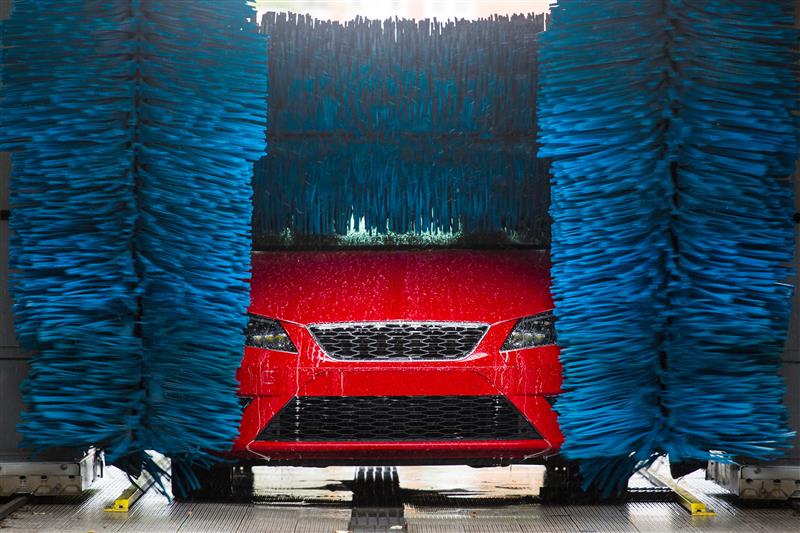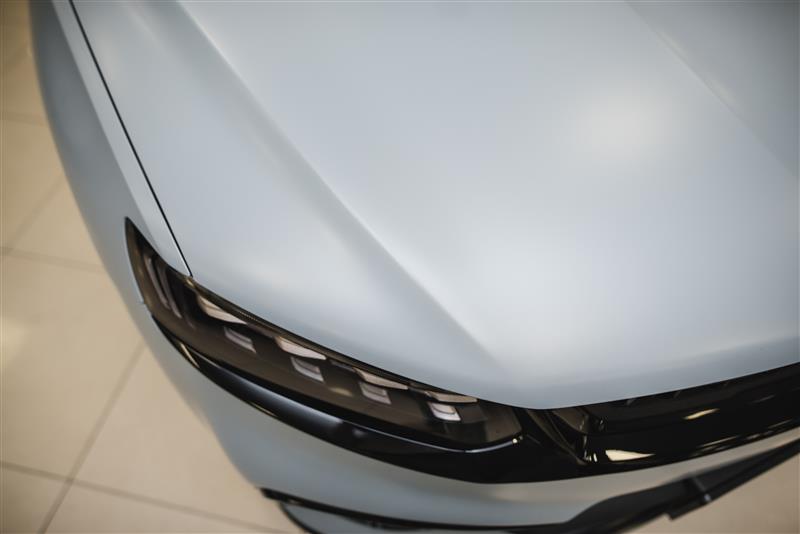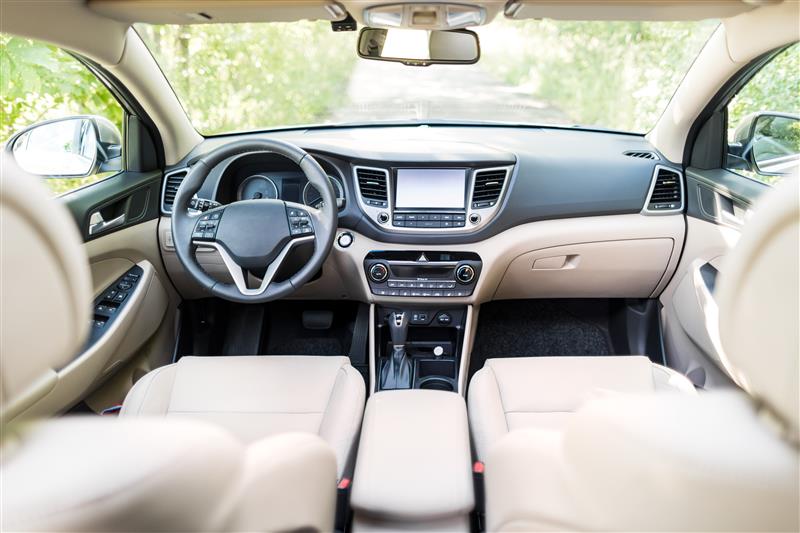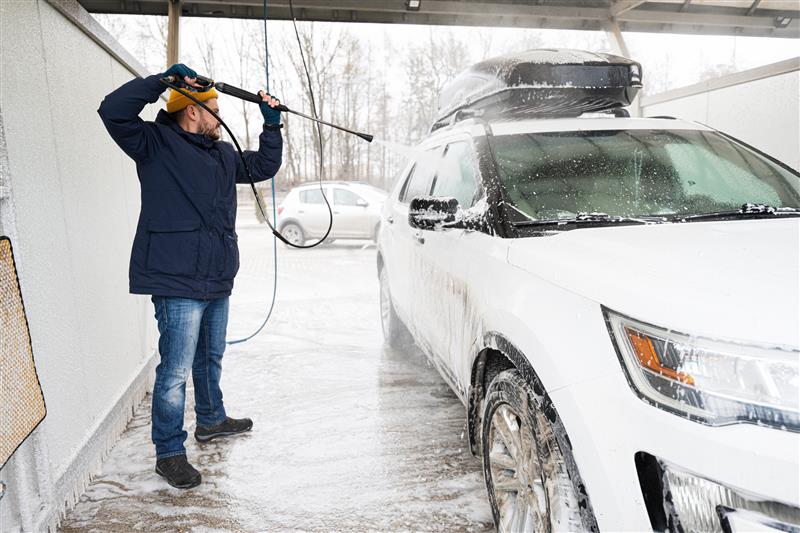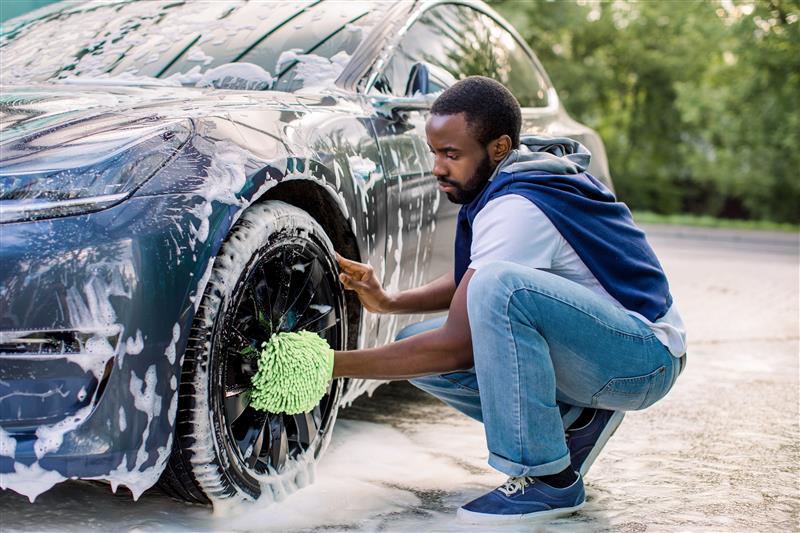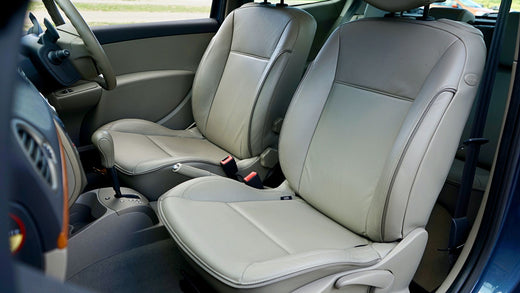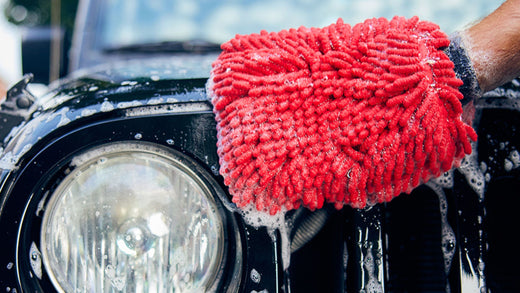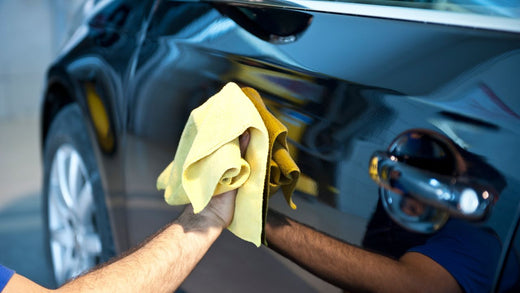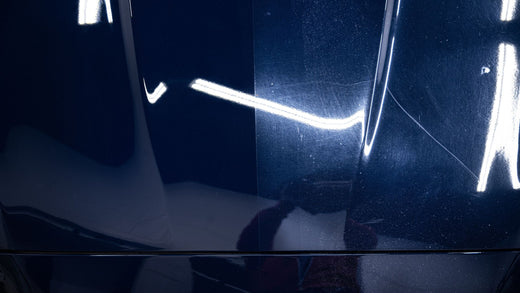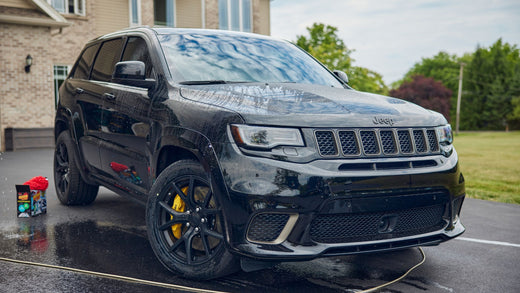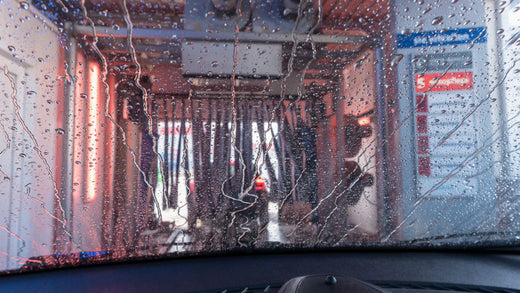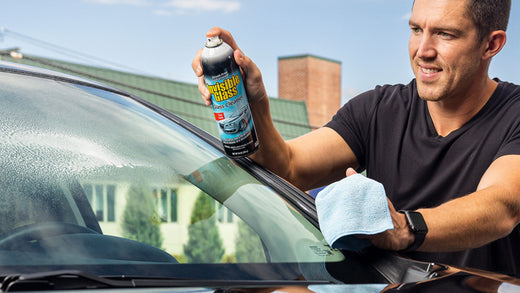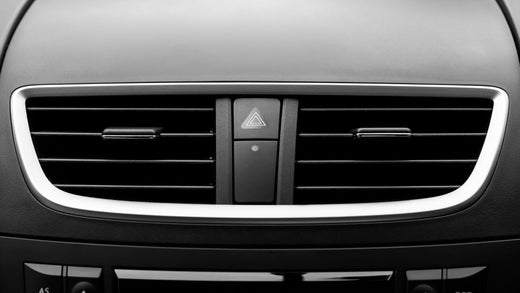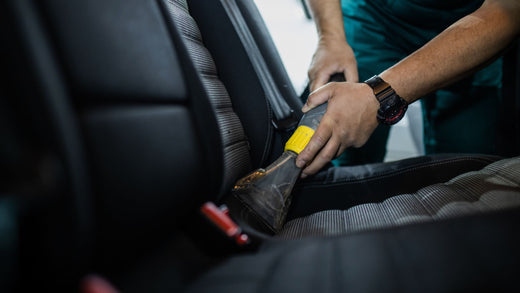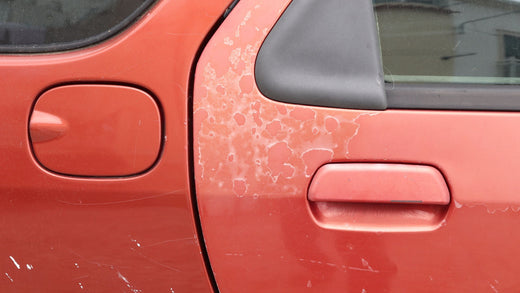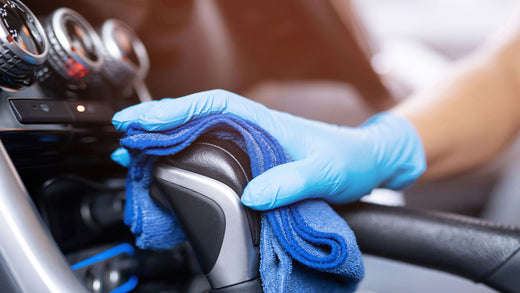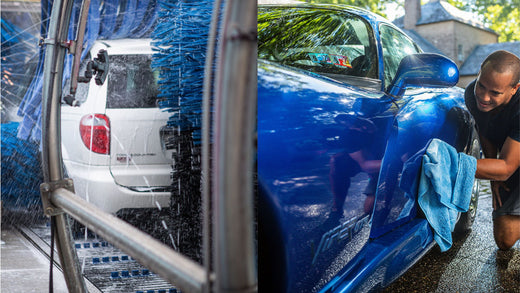Clear vision ahead with our holiday markdowns on Invisible Glass Ceramic Silicone Wiper Blades. Prices as marked.
Washing your car is one of the simplest and most satisfying ways to keep your vehicle clean and well-maintained. A clean exterior protects the paint, prevents long-term wear, and helps maintain resale value. But not all tools are up to the task. Some everyday cleaning habits cause more harm than good.
So what’s the best thing to clean a car with? It depends on what you’re trying to achieve. If your goal is a spotless finish without swirl marks, the tools you choose matter just as much as the soap or technique.
Why the Right Tools Make All the Difference
It’s tempting to think your car’s paint can handle anything. After all, it faces sun, rain, and road debris every day. But the top layer, known as the clear coat, is more fragile than it looks. Every time you wash your vehicle, you risk scratching that surface if you aren't using the right tools.
Sponges, cotton rags, and old towels might feel soft, but they often drag grit across the surface instead of lifting it away. The result is swirl marks, streaks, and a finish that never quite looks clean.
❗The wrong materials can also leave behind lint or residue. If your car still looks dull after washing, your tools may be the problem, not your technique.
What to Look For in a Car Washing Tool
To clean your car effectively and protect the paint, a quality wash tool should do three things:
● Lift dirt off the surface without dragging it around
● Hold plenty of soapy water to keep the surface lubricated
● Release dirt easily when rinsed in a bucket
These features reduce the risk of scratches and make the wash process smoother from start to finish.
Materials like microfiber and chenille are particularly well-suited for this purpose. They’re soft on delicate surfaces, absorbent enough to carry water, and built to trap grime deep within the fibers so it doesn’t rub against your paint.
Why Chenille Wash Mitts Are a Go-To Choice
Among all the car-washing tools out there, the chenille wash mitt stands out as a favorite among detailers and enthusiasts. It’s soft, absorbent, and built to reduce the risk of scratching—precisely what you want in a wash tool.
Chenille mitts use microfiber strands shaped like thick, soft noodles. That shaggy texture serves a purpose: it lifts dirt away from the paint and traps it deep inside the fibers, keeping debris from rubbing against the surface.
Compared to flat sponges, which often smear dirt across the panel, a chenille mitt holds it in place. And unlike microfiber towels, which are better for drying, chenille mitts carry more suds and rinse clean with less effort.
The glove-style design also provides better control, especially when cleaning mirrors, grilles, and other hard-to-reach areas.
Common Car Washing Tools—and What to Watch Out For
Sponges are a popular choice for casual car washes, but they come with major drawbacks. Their flat, dense surface doesn’t let grit move away from the paint. Instead, it gets dragged across the panel with each wipe. Once dirt is embedded, it’s also tough to rinse out thoroughly.
Old T-shirts or bath towels might seem like a handy reuse of household items, but they aren’t ideal for car care. Cotton fibers leave behind lint and don’t absorb or trap grime as well as microfiber or chenille. Some older fabrics can even be too rough for today’s clear coats.
Gas station and automatic car wash brushes present a bigger risk. These tools are used on hundreds—sometimes thousands—of vehicles, often without proper cleaning in between. That means the bristles may be loaded with leftover grit, which gets transferred straight to your paint. If you’re aiming for a swirl-free finish, it’s best to steer clear.
Car Washing Tools: A Quick Comparison
|
Tool |
Paint Safety |
Dirt Trapping |
Water Holding |
Ease of Rinsing |
Verdict |
|---|---|---|---|---|---|
|
Chenille Wash Mitt |
✅ Excellent |
✅ Excellent |
✅ High |
✅ Easy |
Best choice for most washes |
|
Microfiber Towel |
✅ Good |
✅ Moderate |
⚠️ Low |
✅ Easy |
Better for drying |
|
Sponge |
⚠️ Poor |
⚠️ Poor |
✅ High |
❌ Hard |
Risky for paint |
|
Old T-Shirt/Towel |
❌ Poor |
⚠️ Low |
⚠️ Low |
✅ Moderate |
Not recommended |
|
Gas Station Brush |
❌ Very Poor |
❌ Very Poor |
✅ High |
❌ Unknown |
High risk of scratches |
The Two-Bucket Method: A Simple Way to Prevent Scratches
Even the best wash mitt can cause damage if it is repeatedly dipped into dirty water. That’s where the two-bucket method makes a big difference.
Use one bucket for soapy water and another for rinsing your mitt after each pass. This setup keeps dirt out of your wash solution and off your paint.
For added protection, drop a grit guard into each bucket. It allows debris to settle at the bottom, keeping it away from your mitt and reducing the chance of scratching the surface.
How to Wash Your Car Like a Pro—No Fancy Equipment Needed
You don’t need a garage full of gear to get great results. Follow this simple routine to wash your car safely and effectively:
- Rinse the vehicle thoroughly to remove loose dirt and debris.
- Fill two buckets—one with clean water, the other with car wash soap and water.
- Dip your chenille wash mitt into the soapy water and wash one section at a time, starting from the top and working down.
- Rinse the mitt in the clean water bucket after each section to keep grit out of your paint.
- Rinse the car again, then dry with a clean microfiber towel or soft drying cloth.
❗Using a high-quality car soap makes a massive difference in the quality of your wash. Professional formulas create more suds, lift dirt more effectively, and rinse clean without leaving behind residue. If you’re unsure what to look for, check out this quick guide to help you choose the best soap for your next car wash. Read it here.
How to Keep Your Wash Mitt in Good Shape
No matter what tool you use, keeping it clean will help it last and protect your paint. A chenille wash mitt can withstand dozens of washes with the proper care.
● Rinse thoroughly after each use to remove trapped dirt.
● Machine wash with mild detergent (avoid fabric softeners).
● Air dry completely before storing.
● Wash separately from cotton items to avoid lint transfer.
● Store in a clean, dry place between uses.
Final Thoughts: What’s the Best Thing to Clean Your Car With?
There is no single tool that fits every situation, but the best options all share a few key characteristics. They’re soft, safe on paint, and easy to clean and reuse.
For most people washing at home, a chenille wash mitt checks all the right boxes. It’s gentle, effective, and easy to use, making it a smart choice for regular maintenance.
Combine it with a quality car soap, the two-bucket method, and a bit of care, and you’ll get a clean, swirl-free finish every time.
